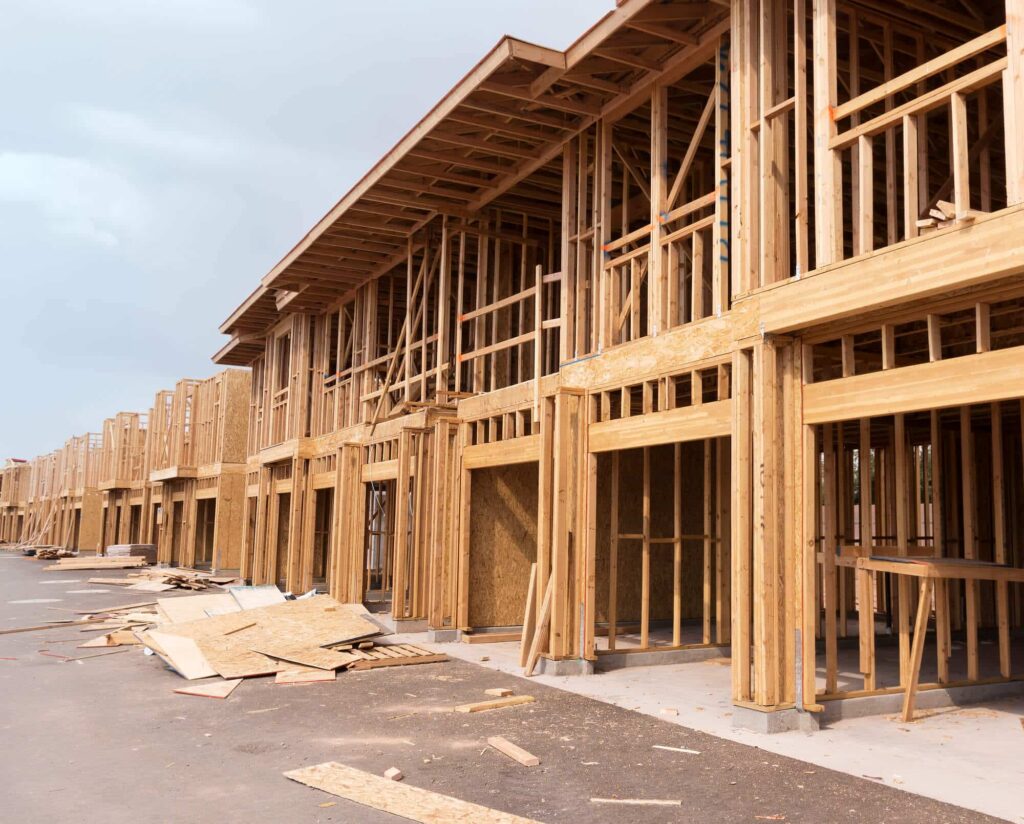


Estimating lumber takeoff and wood-plastic composites (WPC) requires a systematic approach and a good understanding of construction and material specifications. Here’s a step-by-step guide for both processes.
Project Overview:
Read Plans:
Lumber Types and Sizes:
Calculate Quantities:
Account for Joinery:
Special Considerations:
Software Tools:
Understand WPC:
Determine Usage:
Calculate Area:
Waste Factors:
Consideration for Fasteners:
Account for Expansion/Contraction:
Cost Analysis:
Documentation:
Software Tools:
Stay Updated: Keep up-to-date with industry standards, pricing, and new materials to refine your estimating processes.
Collaborate: Work closely with architects, engineers, and suppliers to ensure accurate estimations.
Use Estimating Software: Utilize specialized software tools to streamline the estimation process and reduce errors.
Double-Check: Always double-check your calculations and assumptions to ensure accuracy in your estimates.
Our team comprises seasoned professionals with extensive experience in cost estimation across various industries.

Head Contractor

Head Supervisor

Civil Engineer

Field Supervisor
